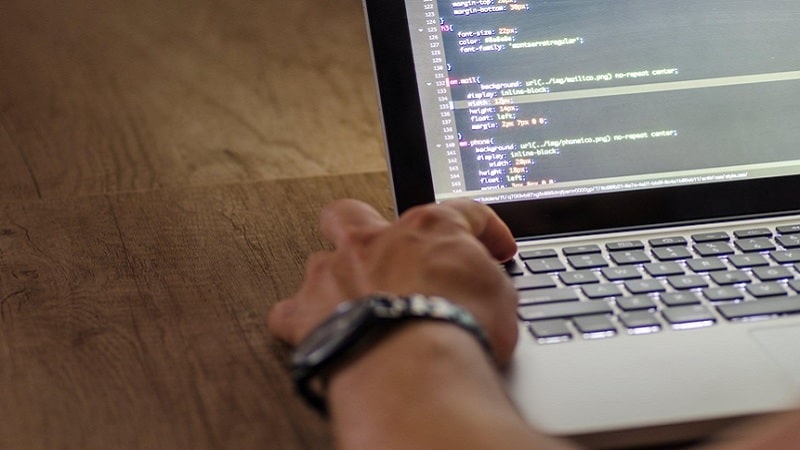TechsPlace | The importance of high-quality design in a mobile application can hardly be overestimated. Often, it is the UI/UX design that forces the user to click on the “download” button. Provided that the app has the required functionality, it is the mobile app design that defines whether the user will stick to the app or delete it.
Despite this, many business owners believe that design is something that can be sacrificed when developing a mobile application — at least at the early stages. In some cases, such a decision can indeed be justified. However, more often than not, the design remains a critical element of a mobile application, which should be put to good use. That’s why newbie entrepreneurs who don’t have their own design resources spend a lot of time choosing the right UX design agency for startups.
Whether you are determined to create the mobile app design on your own or with the help of design agencies, there are a few must-follow tips.
UI Design tenets
When it comes to the proper UI design, you should remember the main principles.
- The structure of an app should be clear and familiar to the user. Develop it based on generally accepted models and standards.
- The design shouldn’t be overcomplicated. Its job is to make complex processes simple. If you want to improve them, it’s better to cut off some elements instead of adding the new ones.
- Self-descriptiveness. The design should keep users informed about the operation of the application, the result of user actions, and changes in the state of any elements.
- User-friendliness. It should be based on well-developed algorithms in case the user makes mistakes. The cost of such errors should be minimized by allowing users to undo any erroneous actions or changes.
UX Design tenets
In terms of UX design, there are a few things to remember as well.
- A painstaking study of user behavior should provide the designer with enough information about user actions. The transition from state to state should be smooth and follow a single flow. That way, the user won’t notice that these are separate processes combined in one agile design.
- Minimum cognition. The applications are used in order to satisfy the need for something or solve a specific problem. Focus on this and don’t overload your apps with unnecessary functionality. Otherwise, the user will be forced to figure out how to cope with these additional features.
- The design should be intuitive for both existing and new users. Although the flow of new users may slow down at some point, you should still concentrate on making the design intuitive even for a beginner.
Having dealt with the basic principles of UI and UX design, let’s proceed with the useful hands-on tips.
Start from sketching
Quentin Tarantino once said that the most difficult thing in the process of writing a script is to go to a store and buy a notebook with a pen. This may well apply to mobile design too. It starts out small – with sketches.
We have already mentioned that you should always keep your users in mind. Therefore, try and understand what they will need from your app. In view of this, a certain user flow should be formed in the designer’s head.
However, even if there is no such flow yet, you can take a pencil and draw the basic elements and screens that your application will have. Make sure to include a home screen, personal profile screen, settings screen, notification bar, loading screen, terms and conditions screen, and so on. Without this, you won’t be able to go to the prototyping stage and create a mockup of your application’s UI.
Place those sketches on the floor or desk in the order that you think the user will follow when navigating the app. Try to predict where the user will go next after the starting screen, where they will click. This will help you better understand how the screens should interact. As a result, it will allow you to accurately design the user flow and shape the UX-design thinking.
Employ constant testing
Design thinking divides the design process into five main stages: empathizing, problem definition, idea creation, prototyping, testing. This paradigm is a key parameter of a successful UX design. At the same time, the testing stage is the most critical since it allows you to return to the previous stages again and again, and refine the existing concept. After conducting tests, you may find out new information about users and return to the very first stage in order to empathize better. By the same logic, tests provide new data in order to re-define the problem. And finally, tests help designers come up with new ideas for the application.
Testing design sketches isn’t an easy task. Previously, it was not feasible since the sketch couldn’t be transferred to a real environment — a mobile device. The situation has changed these days thanks to dedicated tools. You can install such a tool and transfer all your sketches from your computer to your mobile device. You can also share the sketches with users and collect their feedback. Thanks to this, you will be able to give a real assessment of how your design sketches look and work.
Final words
Designing a mobile app is a laborious process, so you shouldn’t do everything alone. This is a common problem among startups, where the company’s CEO may handle the design tasks on their own. Remember that mobile app design is always a team effort.
All of the above said will ultimately help you create a really high-quality UI and UX design, aimed at the user and created for the user.
This article is contributed by guest author on techsplace.com.
